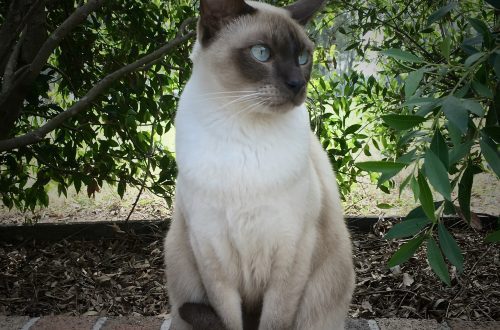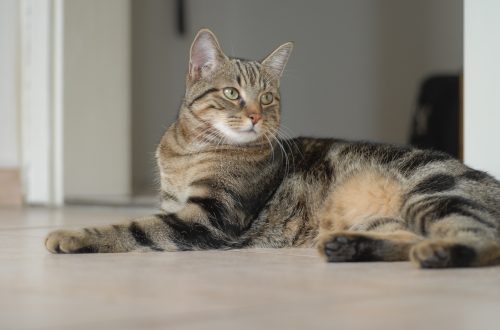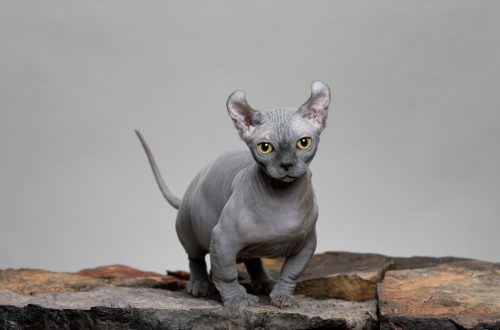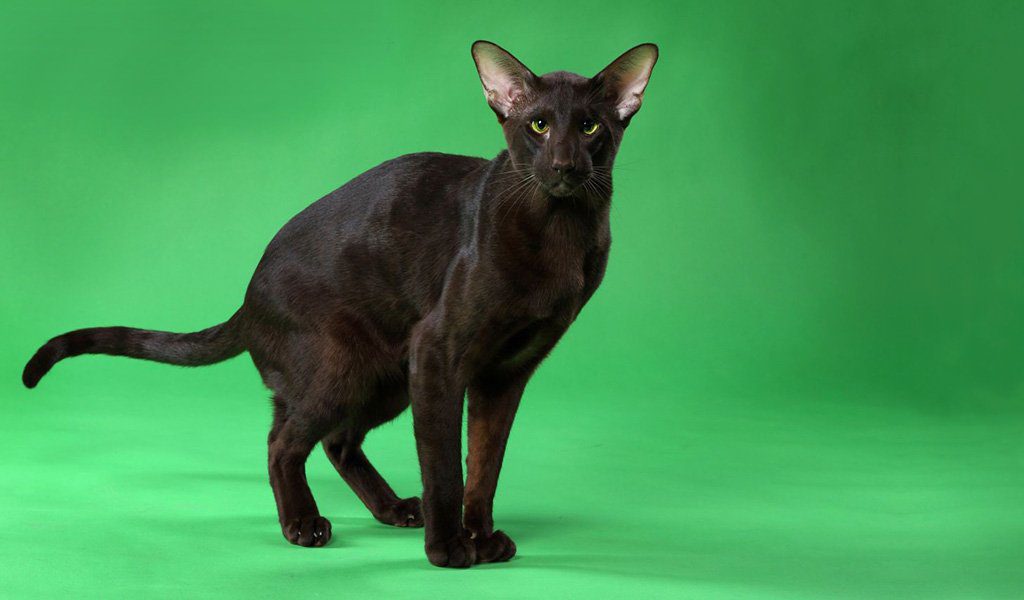
Havana Brown
Other names: havana
The Havana Brown is the result of crossing a Siamese cat and a domestic black cat. Their main distinguishing features are a delicate chocolate color, a narrow muzzle and large ears.
Contents
Characteristics of Havana Brown
| Country of origin | UK, USA |
| Wool type | Shorthair |
| Height | 23-25 cm |
| Weight | 4-5 kg |
| Age | an average of 15 years |
Brief information
- Sociable, affectionate and friendly cat;
- Graceful and mobile;
- Very loving and can’t stand being alone.

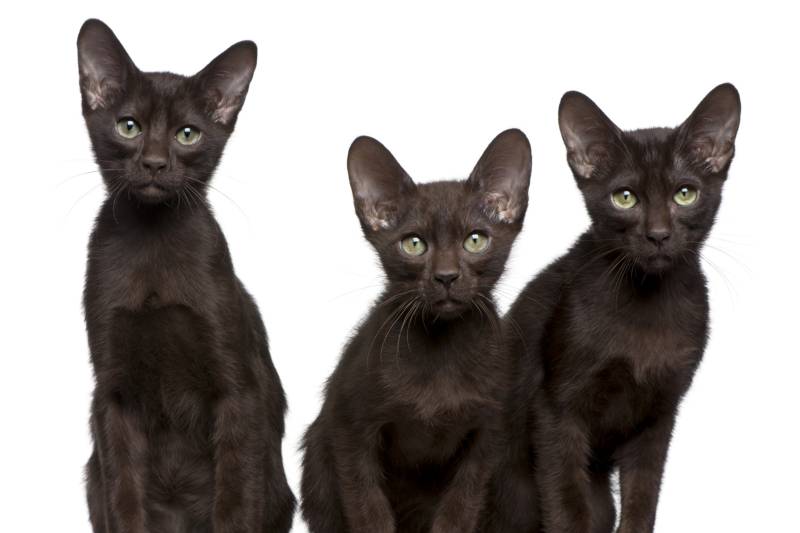
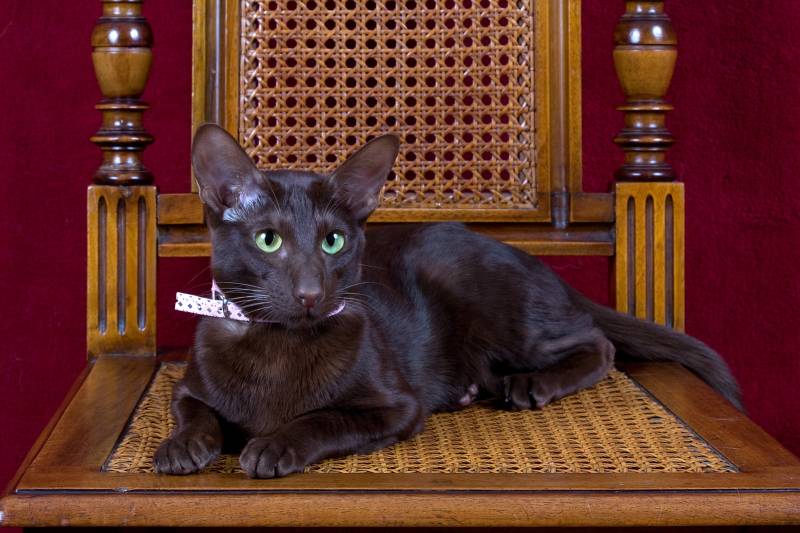
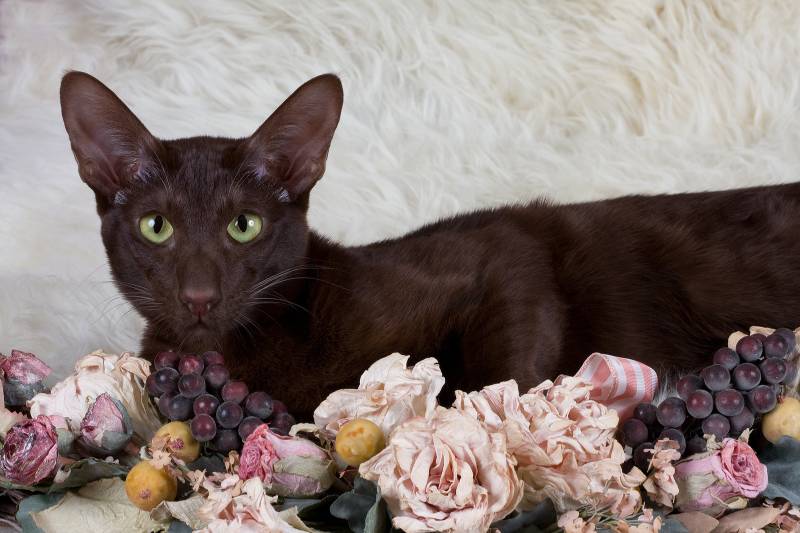
Story
The Havana appeared as a result of crossing in 1950 an ordinary domestic black cat with a Siamese. It has nothing to do with Cuba and Havana, and got its name for the similarity of color with the color of Havana cigars. The Havana breed is about the same age as the Siamese and also comes from Thailand. By the way, such breeds as Burmese and Korat also came from the same country.
Among the first cats from Siam to England were individuals of a solid brown color with green-blue eyes. They positioned themselves as Siamese, took part in the then exhibitions and in England in 1888 became the winners. However, Siamese cats have gained incredible popularity, and interest in their brown counterparts has faded. And the Second World War, which went through all the breeds of cats bred in Europe, made them disappear.
At the beginning of 1950 in the UK, a group of lovers of these cats began joint work to revive the breed. The group was called The Havana Group, and later – The Chestnut Brown Group. It was through their efforts that the modern Havana cat breed arose.
Crossbreeding Siamese cats with ordinary black cats gave the result: a new breed was born, the hallmark of which was chocolate color. The breed was registered in 1959, however, only in the UK, in the GCCF. Few individuals survived, so the Havana had the status of a breed that is on the verge of extinction. At the end of 1990, only 12 cats were registered with the CFA, and another 130 were undocumented. Since then, the gene pool has grown significantly, by 2015 the number of nurseries and breeders has more than doubled. Most of the Havana cats live in the USA and Europe.
Havana Brown Appearance
- Eyes: large, oval, green.
- Color: solid chocolate, less often – a shade of mahogany.
- Body: medium size, with graceful outlines, graceful. Can be long or medium length.
- Coat: Smooth, glossy, short to medium length.
Behavioral features
Havana is quite intelligent and very curious animal. Cats, as a rule, hide from guests, and the havana, on the contrary, rushes to meet them with all its paws, overtaking the whole family. Not only will Havana sit quietly on her hands with pleasure, there are “copies” that need to climb on your shoulders. Particularly active pussies will forever get under your feet, controlling all your actions: this cat needs to know everything, to participate in all matters.
Havana is playful and sociable, but she is not one of those cats that, if they just stay “on the farm”, they will arrange bedlam at home.
Attached to household, however, will not suffer if left alone for a long time. In addition, these cats, according to the stories of the owners, tolerate travel very well, during which they behave very calmly and obediently, they are not afraid.
An interesting feature: Havana often uses tactile contact to communicate. She puts her paws on the owner’s leg and begins to meow. So she seeks to attract attention.
Havana Brown Character
The Havana Brown is a cat with an unusual appearance and character that has fought for decades for the right to be considered a unique breed. For several centuries, kittens with chocolate-colored markings and green eyes appeared in the litter of oriental cats. They were considered a variation of the breed and were not considered a separate breed of cat. After the standard was adopted in Great Britain at the beginning of the 20th century, according to which all “oriental” cats should have blue eyes, such kittens began to be considered outbred altogether. Only by the middle of the century, admirers of chocolate shades managed to start breeding cats of this color.
The breeding program included domestic cats, Siamese with brown markings, and even Russian blue cats. From their ancestors, the Havana Brown inherited a gentle character, friendliness and love of love. In the 60s, the breed was brought to the United States, where it received a new impetus for development. In particular, it was no longer crossed with other breeds. Now the British and American branches have some differences. Representatives of the first of them are more graceful and talkative, and their relatives from the New World are active and inquisitive, their hair is longer, and their body is stockier.
Havana has a memorable shiny and very soft coat of a beautiful chocolate color. By the way, it got its name from the reddish-brown Cuban cigars of the same name. But wool is not the only advantage of this breed. Havana has expressive, intelligent eyes of a rich green hue.
Conditions of detention
Havanas are quite energetic cats, so they need to allocate space in the apartment for active pastime. The owners note that these animals like to climb on cabinets and other high interior items. To strengthen immunity and maintain health, you need to walk with the havana brown, holding it on a leash . These cats are easily accustomed to this accessory, and curiosity is stronger than the fear of the street.
Health and care
The coat is short, so it is enough to brush the Havana a couple of times a week.
When breeding this breed, a very strict selection of cats was carried out, as a result, the Havana is distinguished by excellent health. For the excellent well-being of the pet, you just need to choose good cat food.
Overgrown nails should be trimmed regularly and the ears should be groomed.
No genetic diseases that would be characteristic of cats of this breed are yet known. Well, except that they have a little more often gingivitis, inherited from a Siamese cat.
Havana Brown – Video





